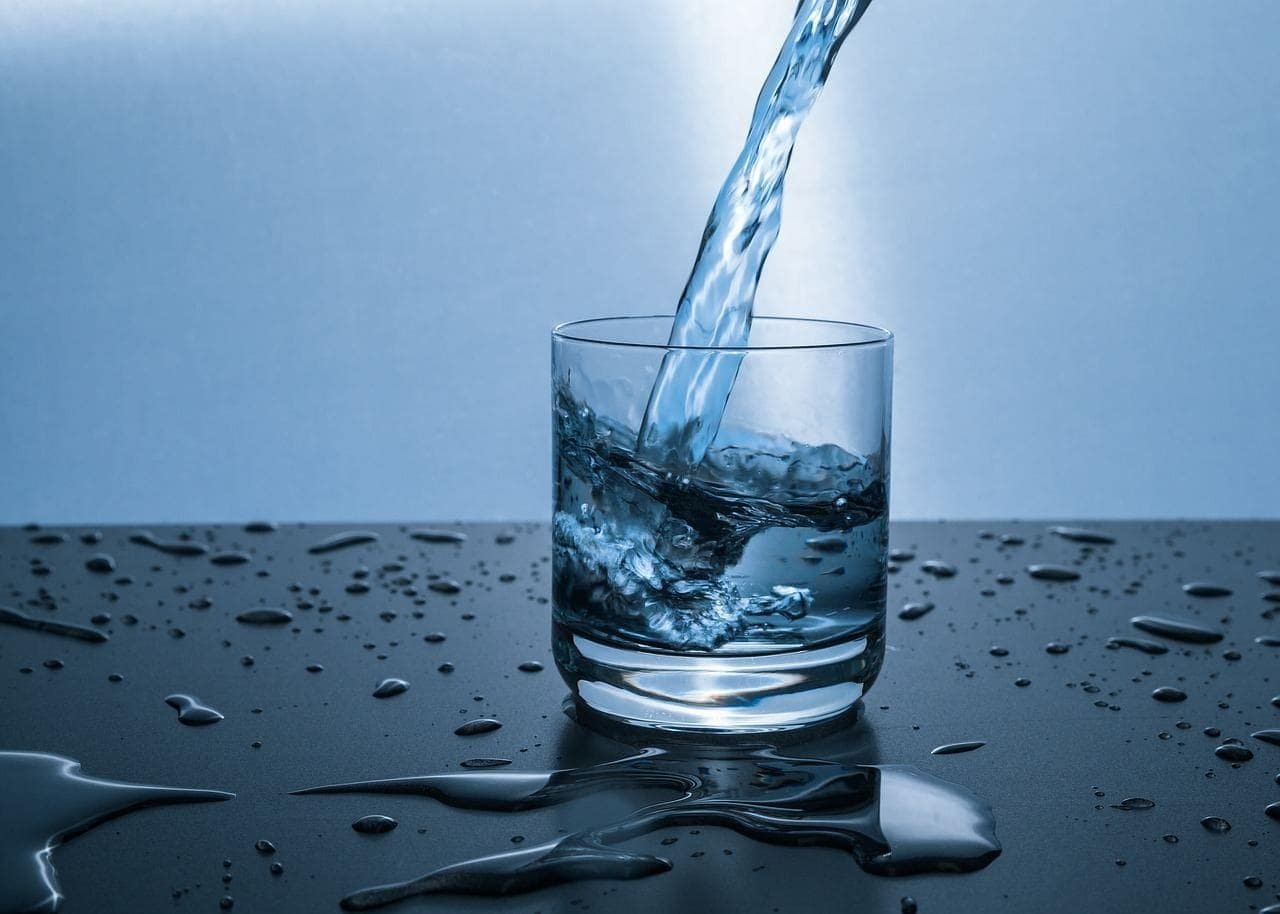In a significant breakthrough, chemists have unveiled a promising technique for water purification using the power of sunlight.
In a significant breakthrough, chemists have unveiled a promising method for water purification using the power of sunlight. Published in Advanced Sustainable Systems, the study outlines the use of photocatalysis, a process where light energy drives the breakdown of organic molecules like dyes and pharmaceutical runoff.
While photocatalysis isn’t a new concept for decontaminating wastewater, its widespread application has faced challenges. However, this latest research represents a step forward in creating sustainable solutions for water purification, particularly in developing nations and remote areas where access to clean water is limited.
Professor Claudia Bianchi from the University of Milan, a lead scientist on the project, underscores the ongoing challenge of finding a simple, cost-effective method for implementing photocatalysis in water purification, especially in communities lacking access to clean water. Bianchi highlights the need for a photocatalyst that can be reused, is biodegradable, and avoids harmful side reactions.
Mohtaram Danish, a postdoctoral researcher at Kyungpook National University, stresses the urgency of sustainable water purification solutions for safeguarding public health, preserving ecosystems, and combating climate change-induced challenges.
The innovative aspect of the study lies in the development of a floating catalyst supported by porous clay beads. Unlike previous methods that used catalysts in powder form, which were difficult to collect, this new approach allows for easy removal of the catalyst after use. The clay beads, chemically inert and harmless to aquatic ecosystems, provide a stable platform for the photocatalyst.
The team’s photocatalyst consists of layers of bismuth oxybromide on the surface of the clay beads, known for its high photocatalytic activity and stability. When exposed to sunlight, electrons in the photocatalyst are excited, facilitating the breakdown of organic pollutants into harmless byproducts like carbon dioxide and water.
In testing, the researchers successfully removed diclofenac, a common drug pollutant, from water samples using the floating catalyst. However, the efficiency was lower for ibuprofen, especially upon catalyst reuse, indicating potential challenges with certain pollutants that require further investigation.
Bianchi notes ongoing research to evaluate the device’s effectiveness in addressing other organic contaminants commonly found in natural water bodies, such as dyes and polyphenols.
Despite its promise, the approach has limitations, including its dependence on sunlight and the need for further study on the complex composition of wastewater. Nevertheless, Danish believes the study marks a crucial step towards improving water quality and promoting environmental justice by bridging the gap between laboratory research and real-world applications.
Bianchi emphasizes the broader significance of the study, showcasing chemistry’s potential to tackle sustainability challenges through innovative solutions benefiting both humanity and the environment.
The research represents a promising advancement in the quest for sustainable water purification methods, offering hope for cleaner, healthier freshwater resources, particularly in underserved communities worldwide.
